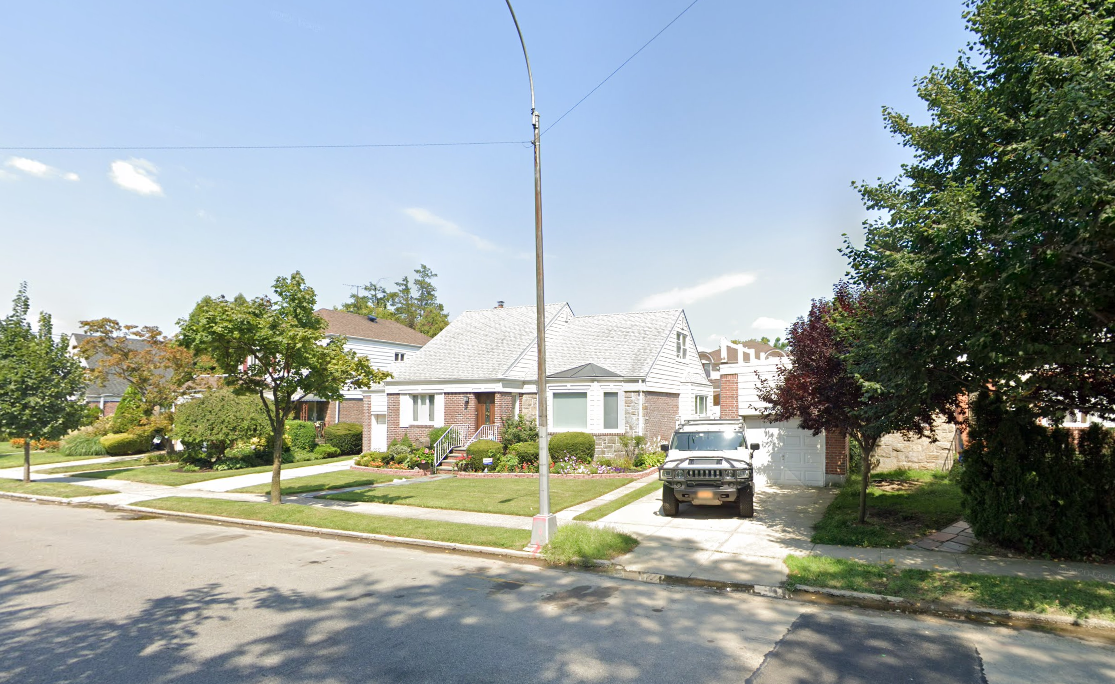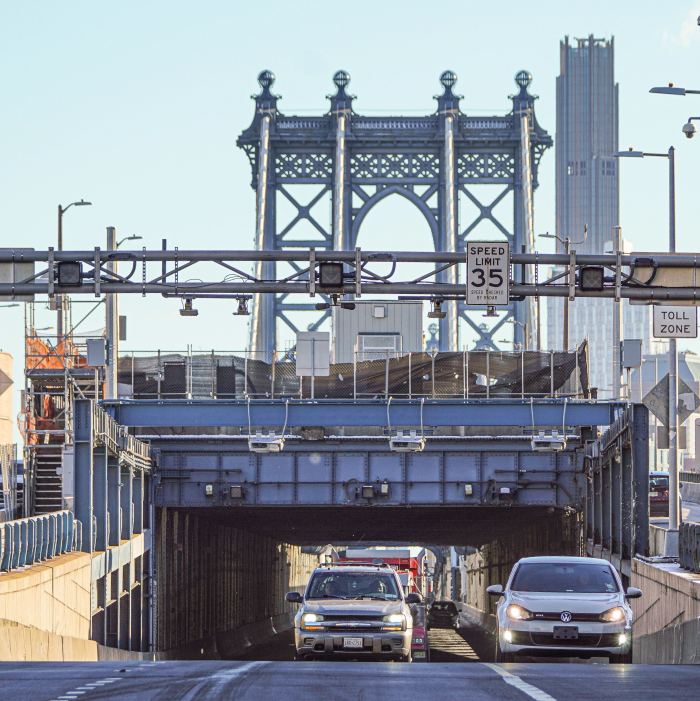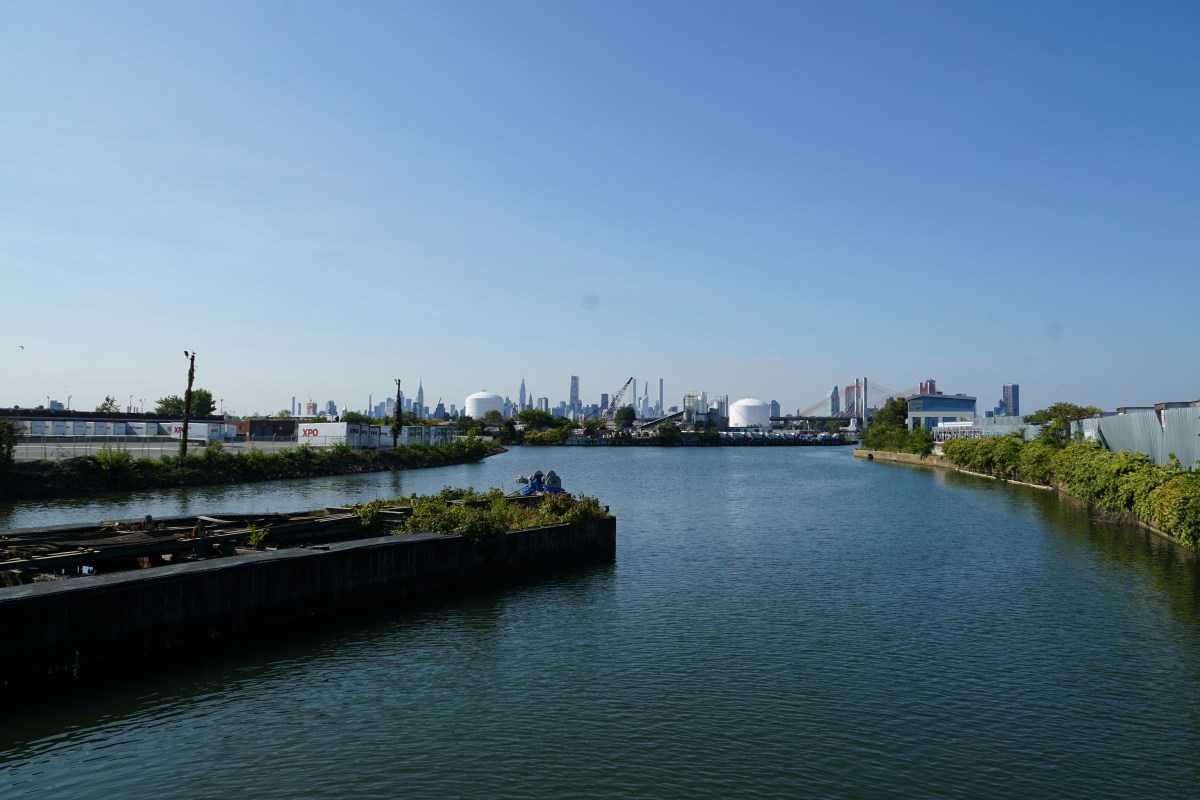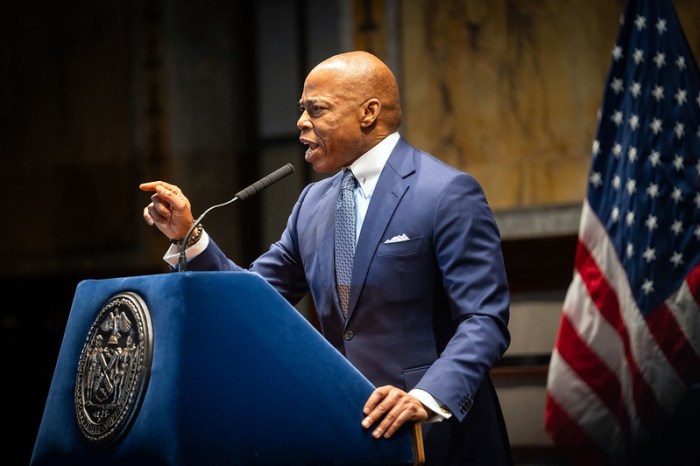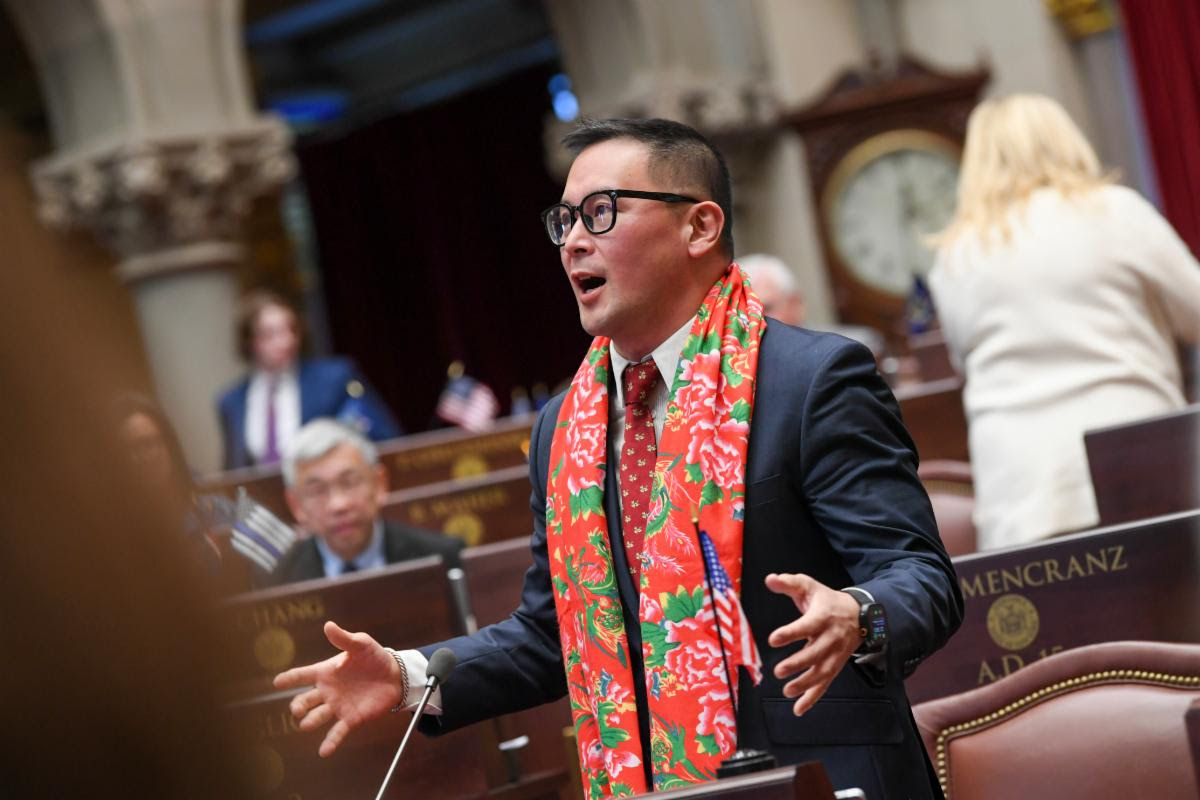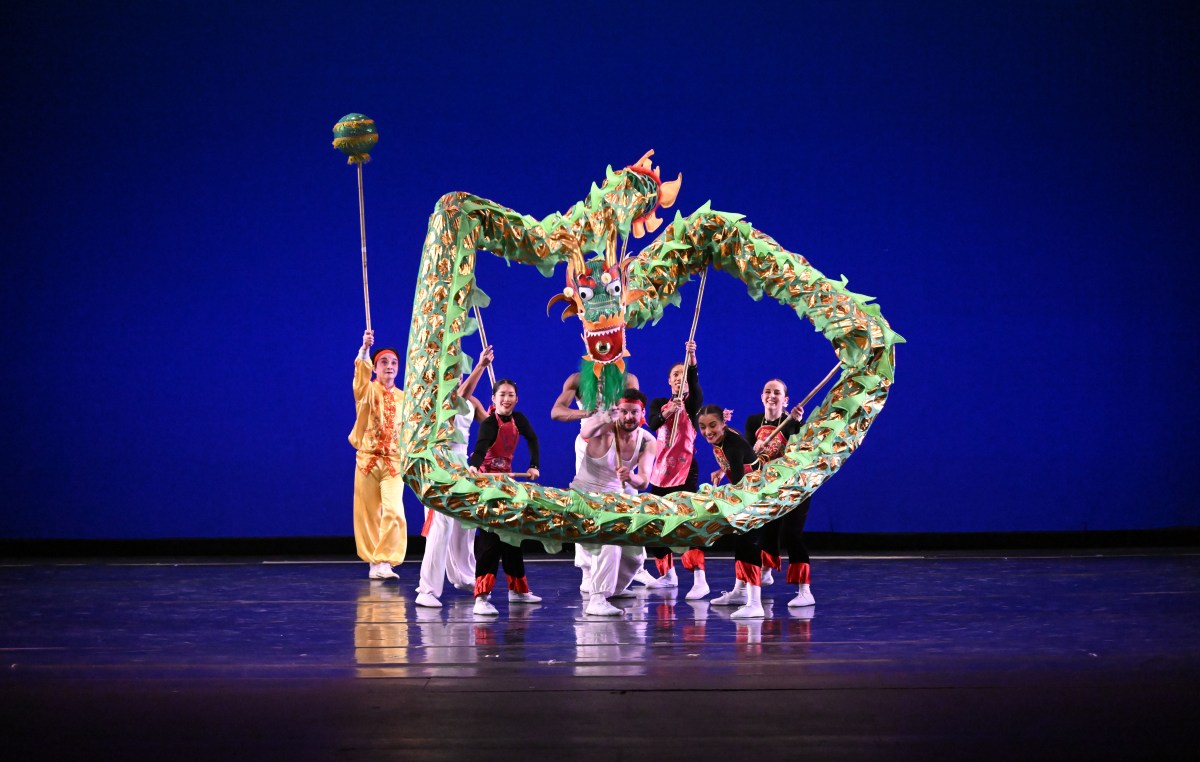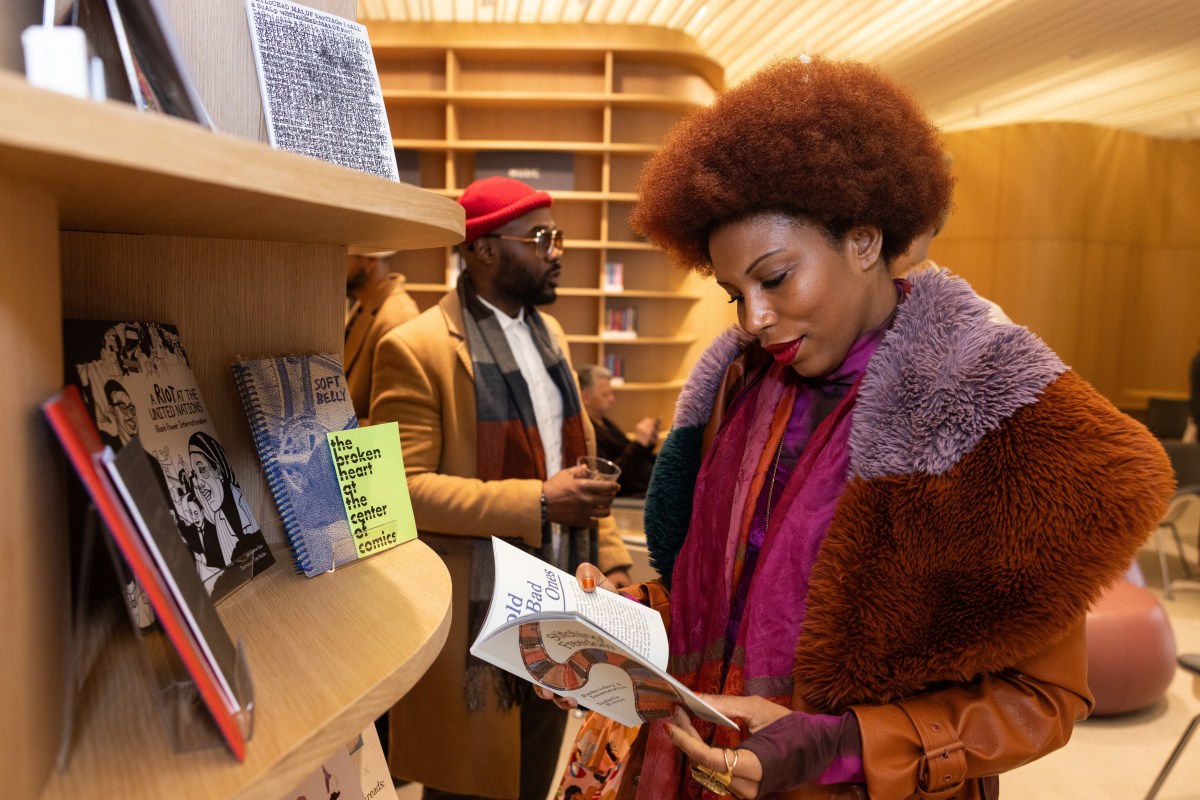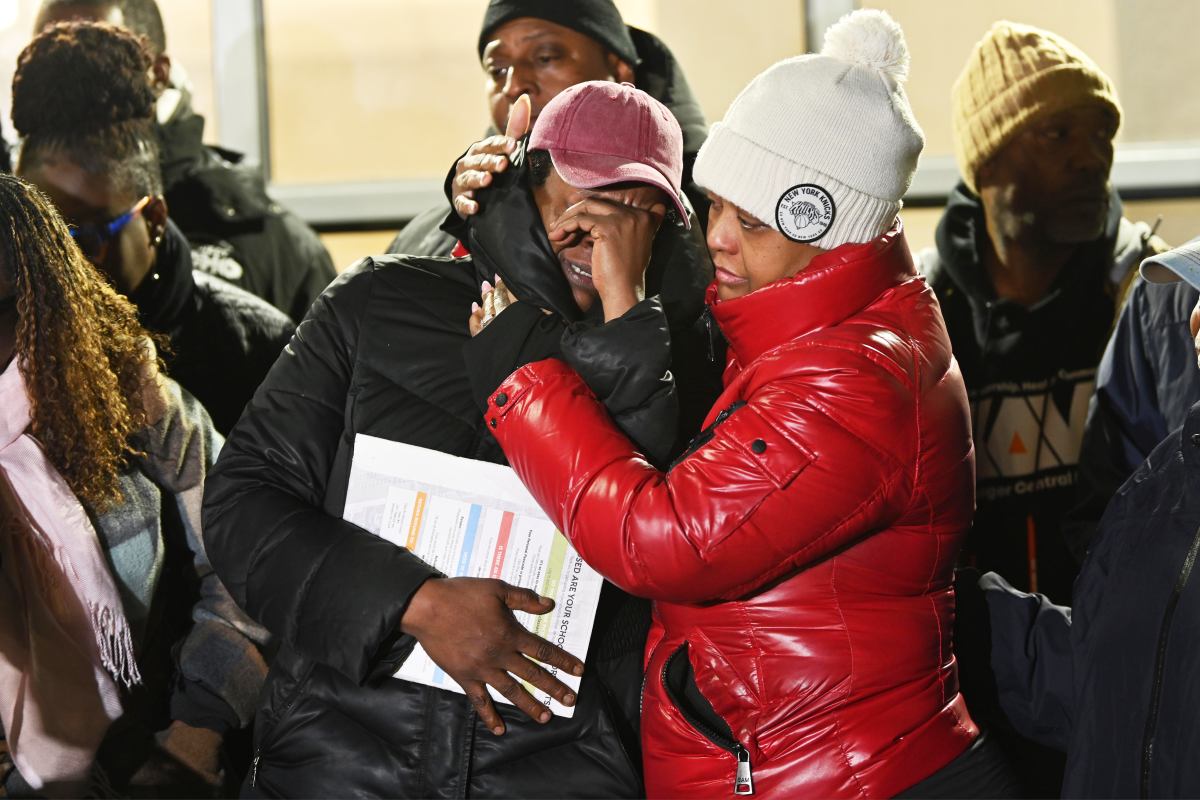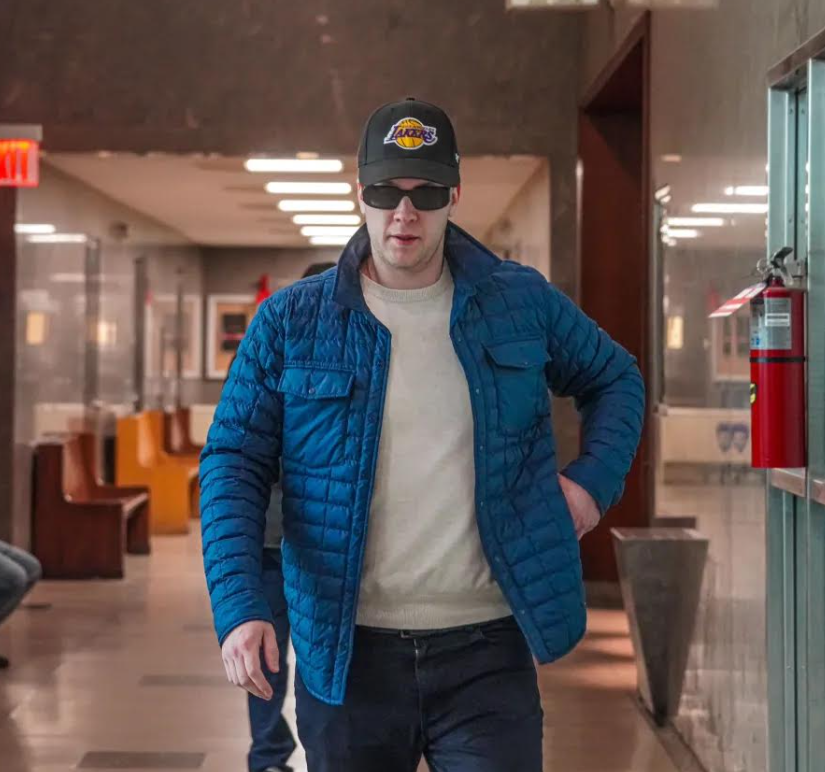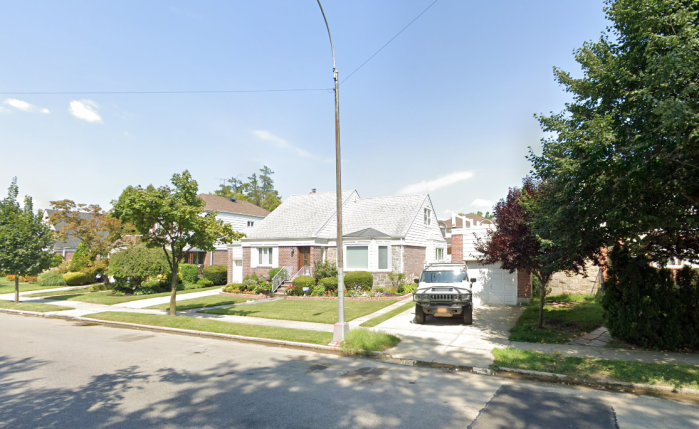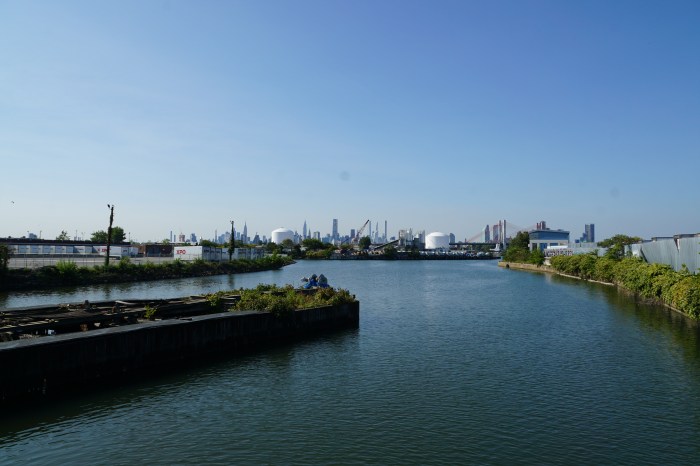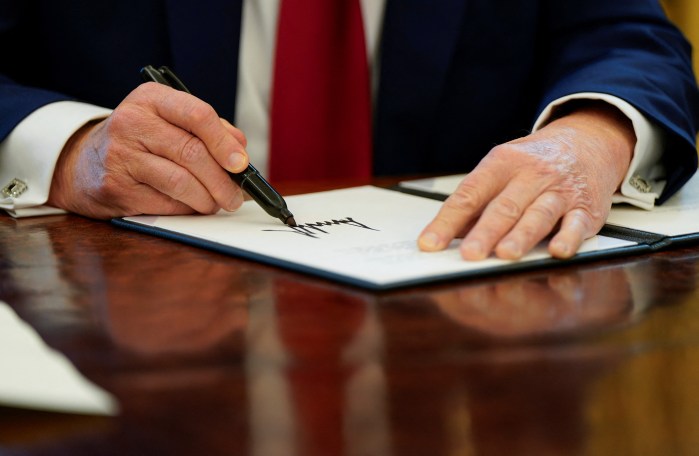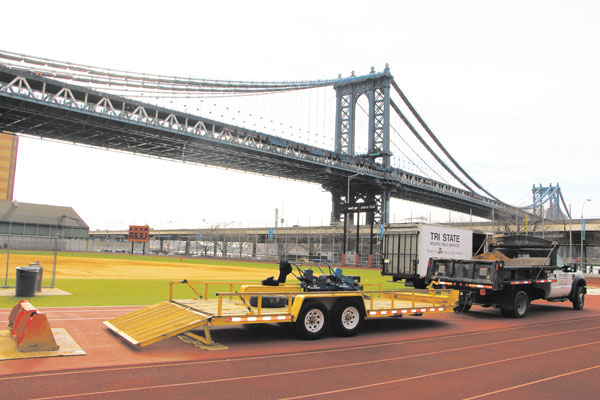
BY KAITLYN MEADE | After the fanfare of Little League on opening day on Pier 40’s newly rebuilt fields and the public struggle over getting Battery Park City ball fields in playable condition, one field was left on the bench. Luckily, the school’s custodial engineer stepped up to the plate, and with help from Nike, pulled off a surprising comeback.
Construction on the field began Tuesday. The gates to the field were unchained and thrown open early Tuesday morning to accommodate the construction equipment that rolled out under the Manhattan Bridge.
When asked how long the construction on the turf would take, Bob Buono of Tri State Athletic Field Services replied, “One day — a long day — but just one day.”
However, they also have to rebuild the pitcher’s mound which may take a bit longer. But they were confident the field would be in playing condition by the end of the week.
Tri State, based in Allendale, New Jersey, was one of three companies contacted by Murry Bergtraum’s custodial engineer, Robert O’Connor.
He said it would hopefully take about a week to reopen the field.
It was a series of “uphill battles” to get repairs made to the school after Hurricane Sandy, said O’Connor. The most widely reported problem was a lack of phone service that was not fixed until February of this year. The athletic fields were also out of commission when flooding got into the substructure of the artificial turf.
Beneath the turf are ruts of an old irrigation system, about 6-8 inches wide, 4-6 inches deep and about 100 feet long, running just past third and second base. Behind first base, there are a number of 15 by 15 inch divots, consistent with the size of junction boxes, said O’Connor.
“Until they’re fixed, we can’t let anyone use them. I don’t want a kid to get hurt,” he added.
Local leagues have had to look elsewhere for space, complicating an already crowded recreation environment in Lower Manhattan. In 2009, fights over the ball field ensued when groups like Millennium High School and Downtown Little League could not get space at the diamond under Manhattan Bridge.
In their contract, Murry Bergtraum was to get first priority to use the field, then local schools such as Manhattan Academy of Technology, which uses the field in the fall, said John DeMatteo, M.A.T.’s athletic director. Youth nonprofit leagues such as the three Little Leagues that sometimes rent space are next, followed by adult organizations.
Since the hurricane, Bergtraum has had to bus its students to other schools’ fields.
Mark Costello of Downtown Little League, which has used the fields in past years, said last month that he had not heard an update since January when he was told it could take up to a year to repair.
The field, which has one of only a few full-sized baseball diamonds in Manhattan, is used by dozens of community organizations and local schools.
“Everyone 13 [years old] and up plays on a full size field, so to lose one of them is a big deal,” said Costello.
After a frustrating few months of inactivity, O’Connor started his own search for a solution. With the new principal Lottie Almonte’s full support, he said he solicited proposals from between 12 and 15 vendors. Three responded. The lowest bid was from Tri State for about $10,000 and had the added bonus of being recommended by Nike which had worked with Tri State in other schools.
Last November, Nike donated close to $2 million for Hurricane Sandy relief. A “call-to-action initiative” in partnership with professional athletes will aim to get sports programs in areas affected by Sandy up and running again across New York City and New Jersey.
Nike is providing the synthetic material for the infill and funding the project at Murry Bergtraum. O’Connor said that he currently has a verbal agreement with Nike to sponsor basic repairs, which includes cutting the turf, filling in the divots and rolling back over it with heavy machinery before sealing it in place. Nike recommended a new type of synthetic material designed by its engineers.
In 2002, the school received a $1 million grant from Verizon and a $3 million city match through Take the Field, a nonprofit which reportedly received three taxpayer dollars for every dollar of private donations.
However, O’Connor was under the impression that although Take the Field had originally been a part of the project, it had since gone out of business.
The organization’s phone number has been disconnected.



